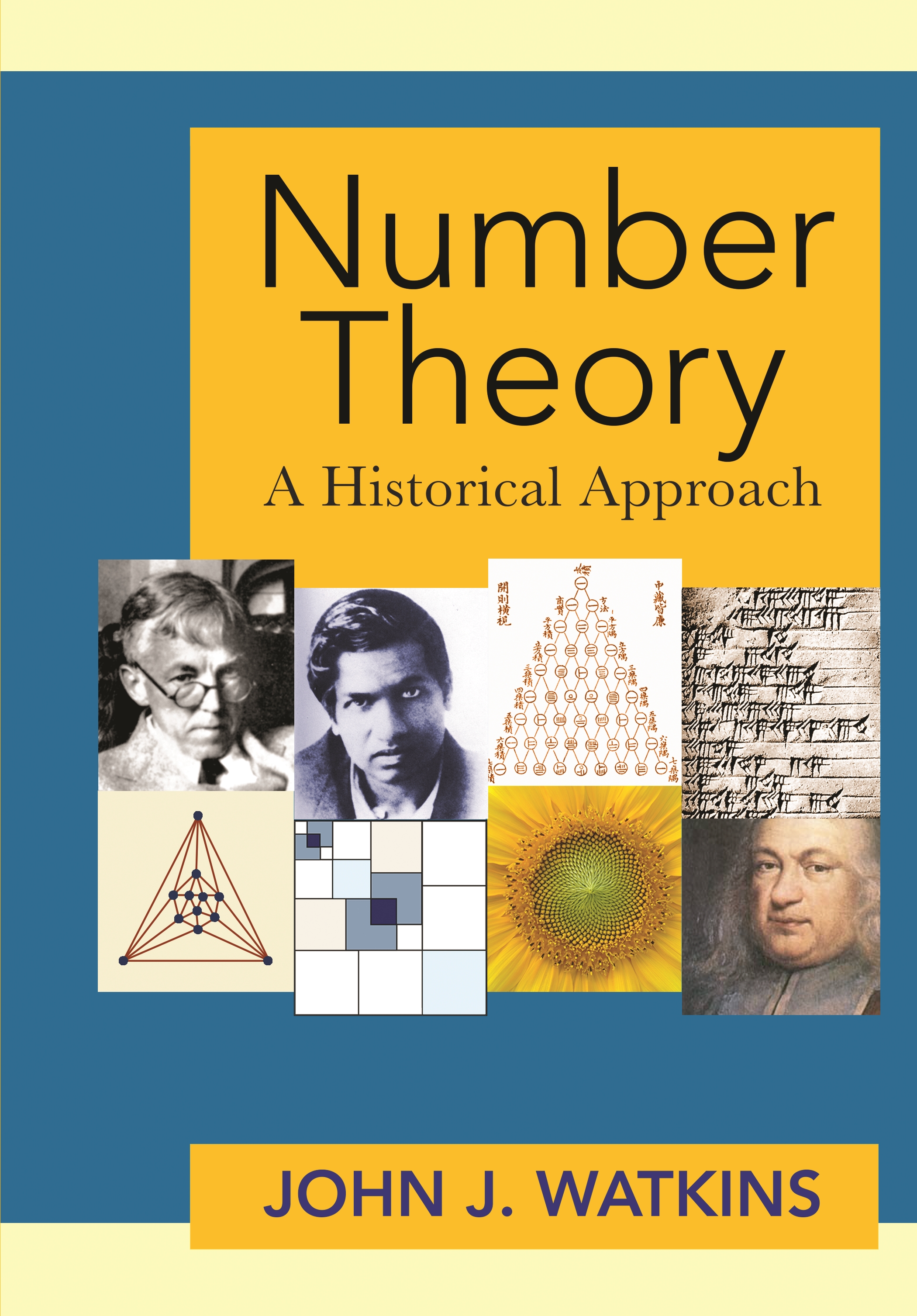

Zink and Helmut Koch for Zentralblatt in his review of the second edition Koch makes the remark " Shafarevich showed me the first edition in autumn 1967 in Moscow and said that this book will be from now on the book about class field theory". Gouvêa for the Mathematical Association of America and by W. Later editions were reviewed by Fernando Q.

The 1st edition was reviewed by George Whaples for Mathematical Reviews and Helmut Koch for Zentralblatt. Weil mentioned this (unpublished) work as a significant influence on some of the choices of treatment he uses. The idèle group of a number field was first introduced by Chevalley in order to describe global class field theory for infinite extensions, but several years later he used it in a new way to derive global class field theory from local class field theory. In order to derive the theorems of global class field theory from those of local class field theory, Chevalley introduced what he called the élément idéal, later called idèle, at Hasse's suggestion. Instead cohomological formalism became a more significant part of local and global class field theory, particularly in work of Hochschild and Nakayama, Weil, Artin, and Tate during the period 1950–1952.Īlongside the desire to consider algebraic number fields alongside function fields over finite fields, the work of Chevalley is particularly emphasised.
#Andre weil basic number theory series
That, far from losing by such treatment, both races stand to gain by it, is one fact which will, I hope, clearly emerge from this book.”Īfter World War II, a series of developments in class field theory diminished the significance of the cyclic algebras (and, more generally, the crossed product algebras) which are defined in terms of the number field in proofs of class field theory. In a striking choice of wording for a foreword written in the United States in 1967, the author chooses to drive this particular viewpoint home by explaining that the two classes of global fields “must be granted a fully simultaneous treatment instead of the segregated status, and at best the separate but equal facilities, which hitherto have been their lot. Removing the real numbers from a pedestal and placing them alongside the p-adic numbers leads naturally – “it goes without saying” to the development of the theory of function fields over finite fields in a “fully simultaneous treatment with number-fields”. In this setting, the adeles (or valuation vectors) give a natural locally compact ring in which all the valuations are brought together in a single coherent way in which they “cooperate for a common purpose”. Weil goes on to explain a viewpoint that grew from work of Hensel, Hasse, Chevalley, Artin, Iwasawa, Tate, and Tamagawa in which the real numbers may be seen as but one of infinitely many different completions of the rationals, with no logical reason to favour it over the various p-adic completions. In the foreword, the author explains that instead of the “futile and impossible task” of improving on Hecke’s classical treatment of algebraic number theory, he “rather tried to draw the conclusions from the developments of the last thirty years, whereby locally compact groups, measure and integration have been seen to play an increasingly important role in classical number theory”. The style is austere, with a narrow concentration on a logically coherent development of the theory required, and essentially no examples. The word `basic’ in the title is closer in meaning to `foundational’ rather than `elementary’, and is perhaps best interpreted as meaning that the material developed is foundational for the development of the theories of automorphic forms, representation theory of algebraic groups, and more advanced topics in algebraic number theory. The theory is developed in a uniform way, starting with topological fields, properties of Haar measure on locally compact fields, the main theorems of adelic and idelic number theory, and class field theory via the theory of simple algebras over local and global fields. The approach handles all 'A-fields' or global fields, meaning finite algebraic extensions of the field of rational numbers and of the field of rational functions of one variable with a finite field of constants. Based in part on a course taught at Princeton University in 1961-2, it appeared as Volume 144 in Springer's Grundlehren der mathematischen Wissenschaften series. Basic Number Theory is an influential book by André Weil, an exposition of algebraic number theory and class field theory with particular emphasis on valuation-theoretic methods.


 0 kommentar(er)
0 kommentar(er)
